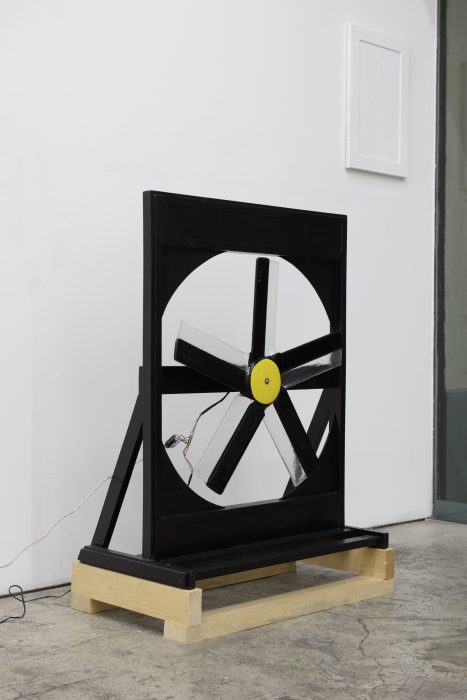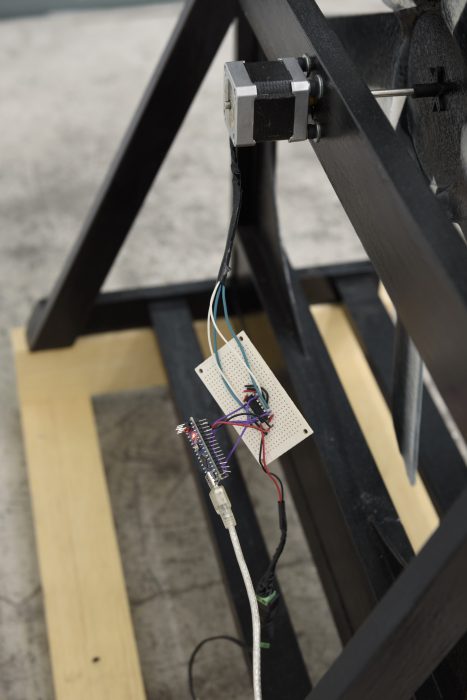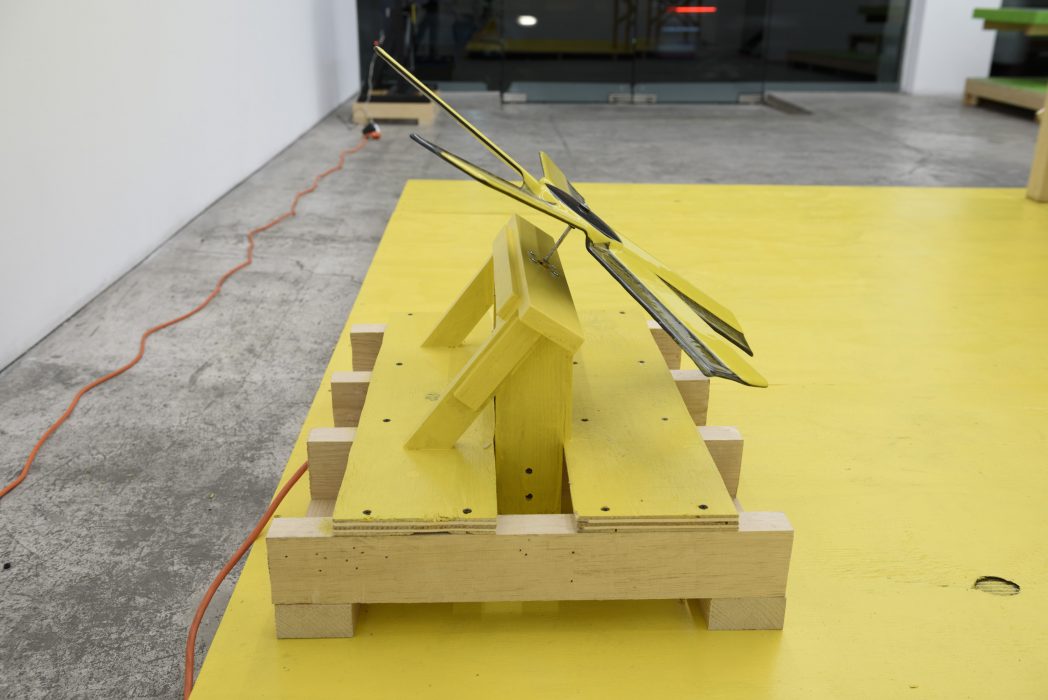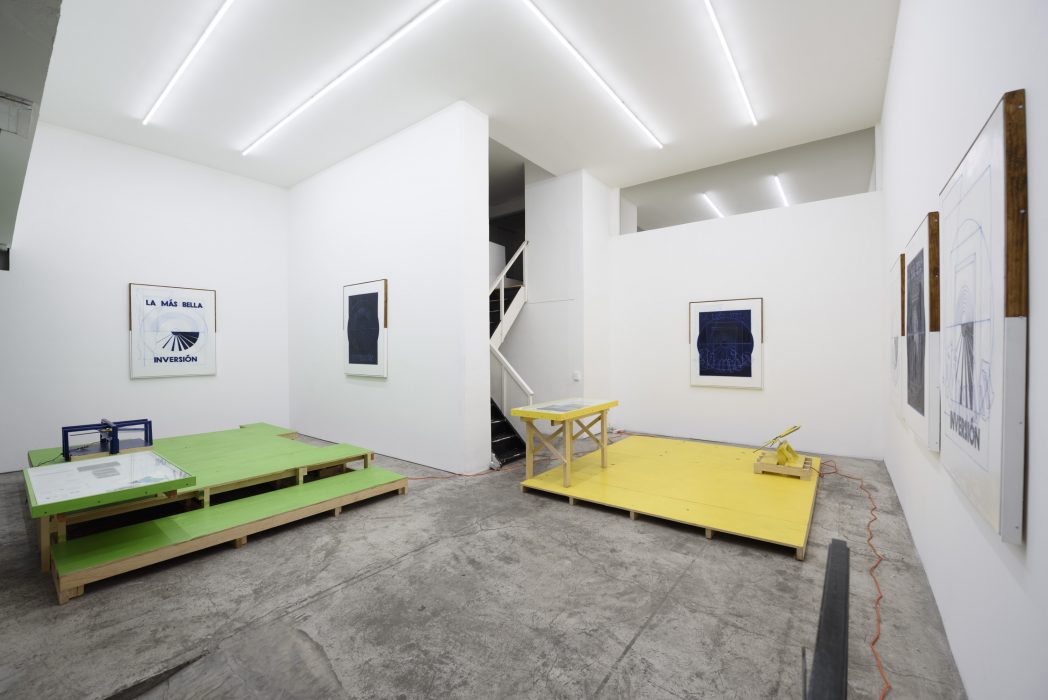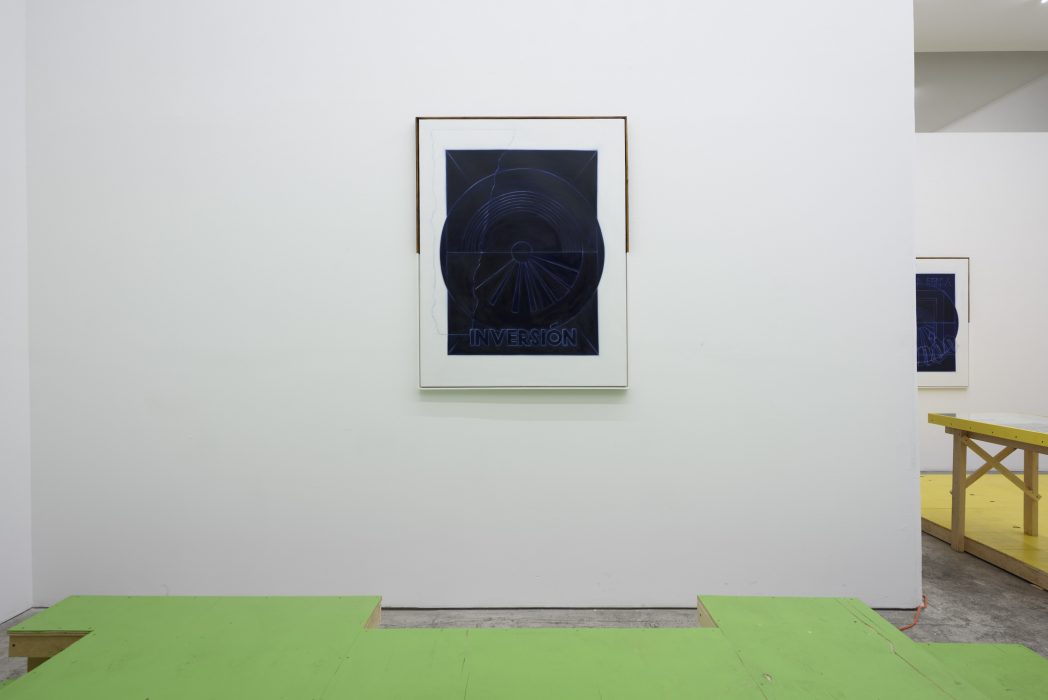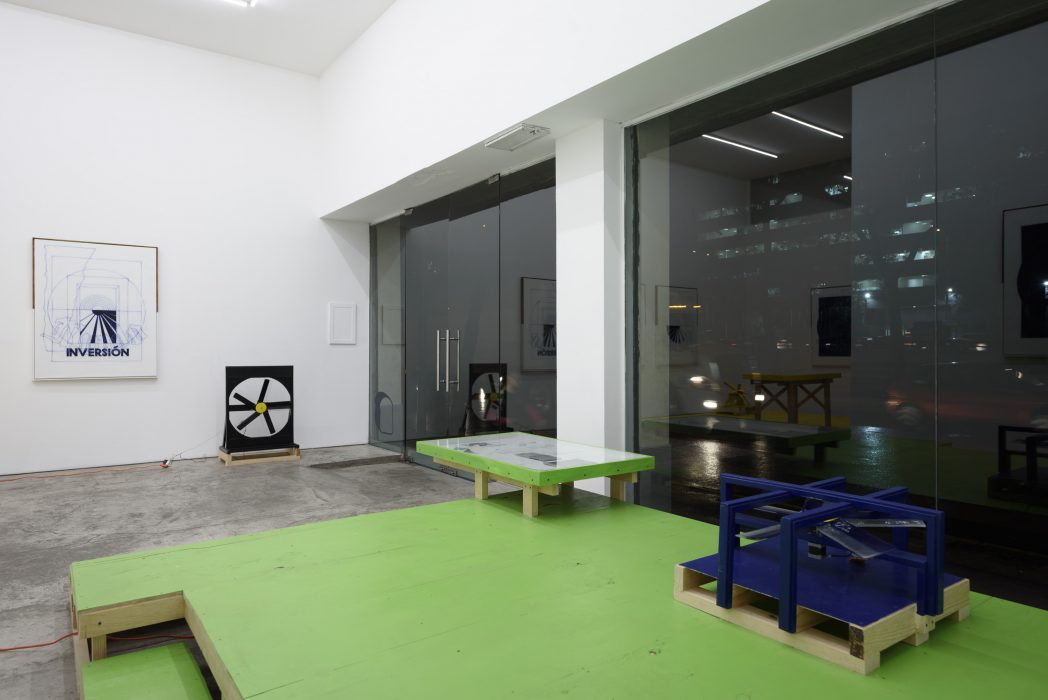cabrón m
1. (derogatory) coward
2. (vulgar, derogatory Latin America, Spain) bastard, motherfucker (compare English jackass)
3. (vulgar, derogatory, Dominican Republic, Puerto Rico, Cuba) cuckold
4. (derogatory, Latin America) pimp (prostitution solicitor)
5. (informal, Mexico, Costa Rica) mate, dude (term of endearment between friends)
In a moment of unprecedented global extraction, consumption and exhaustion of natural resources, a parallel crisis of social resources emerges.
Faced with the collective Cabrón Footprint, the question becomes: how to offset one’s emissions?
Cabrón Footprint was produced between Paris and Mexico, framed on both sides by the twin advents of the French Gilets Jaunes movement and the Mexican Gas Crisis. Both of these situations represent a leveraging of trust and goodwill, a social response to a government manoeuvre around a natural resource, and remain unresolved at the time of writing.
As AMLO summarises with remarkable economy: “It’s not a problem of supply, it’s a problem of distribution”.
A series of oil paintings occupy the perimeter of the gallery. The paintings share a repeated geometric form, a composition of overlaid architectural “footprints” from the plans of various social structures and settings (civic buildings, parks, city squares etc). This geometry provides the pan-historical foundation for a play of variations between two phrases.
“El Mundo” appears in a morphed newspaper font, denoting “The World” as first an object of mediation. On the other hand, “LA MÁS BELLA INVERSIÓN” – sourced from an antique coin dealer’s promotional material – trades in the absolute. The double meaning of the Spanish “inversión” is crucial here, being both to flip something inside-out or upside-down, and also the act of investment. Framed by an inverted monochrome sunrise and rainbow, the petroleum industry’s “inversión” reaches its crux at the horizon line. The paintings function as pseudo-posters within the exhibition, optimistic statements treating language as surface, hovering towards the hyperbole of advertising.
A series of industrial fans, each made of fused and thermoformed glass and standing on their own supports, mark out the three corners of the exhibition space. They are programmed by an electronic system to make a slow synchronised movement – a double clockwise rotation, a pause, a double rotation in reverse, and repeat. A gesture towards circulation, which, after a moment of doubt, is taken back.
The fans were devised to operate in unison, giving the space a rigid sense of atmospheric control. However, their amateur electronics are possessed by their own idiosyncrasies, and each fan carries out its operations at random, stopping, starting, and vibrating on the spot. They collectively express the unpredictability of personality in an authoritarian system.
The exhibition’s two wood platforms, housing vitrines and the glass exhaust fan units, have been designed and colour coded to echo a magazine advertisement promoting the amazing efficiency of PEMEX’s new oil rig platforms in the Mexican Gulf – a hyperbole mirrored by the paintings around it. This advertisement from 1981 appears in one vitrine alongside further vintage reference publications from PEMEX, an informational CD-rom about independent interconnected air conditioning systems, a face-painted village child and a tourist T-shirt promoting Mexico City (“Chilangolandia”) as the most “Cabrón” place in the world. This ephemera is complimented by an Excel spreadsheet text authored by Kit Hammonds, an exhaustive investigation into the parallels between natural and social resources in crisis.
Cabrón Footprint was made possible by the support of Taller los Guayabos and Ceramica Suro, Guadalajara. Special thanks to the team at Guayabos, Saul Becerra, Javier Rodriguez, Kit Hammonds, Rebecca Lamarche-Vadel, and Brett Schultz.
— Thomas Jeppe
DOWNLOAD PDF:
Natural / Social Resources
A Crisis in Matters Between Them?
by Kit Hammonds







